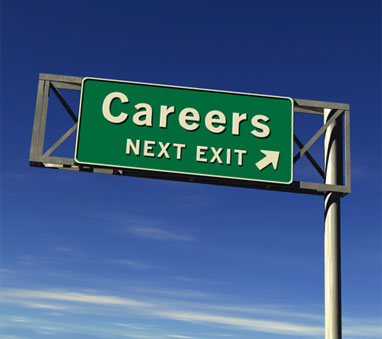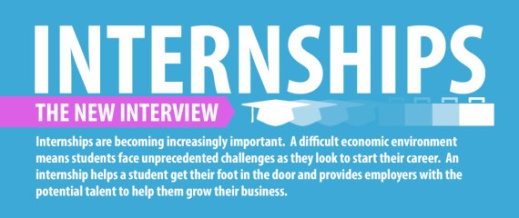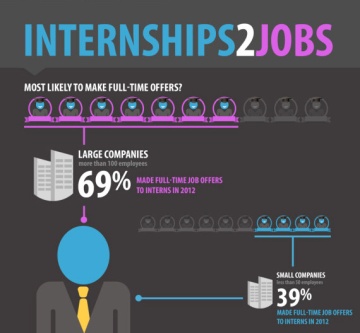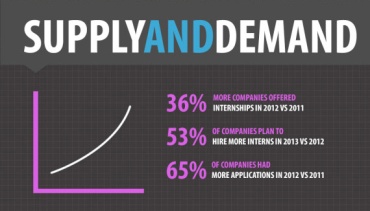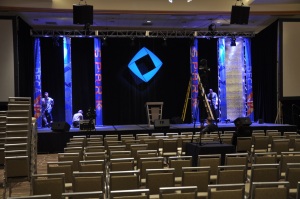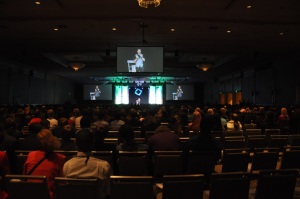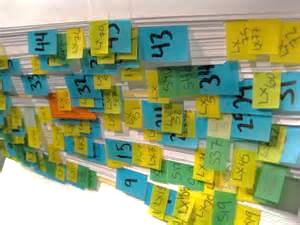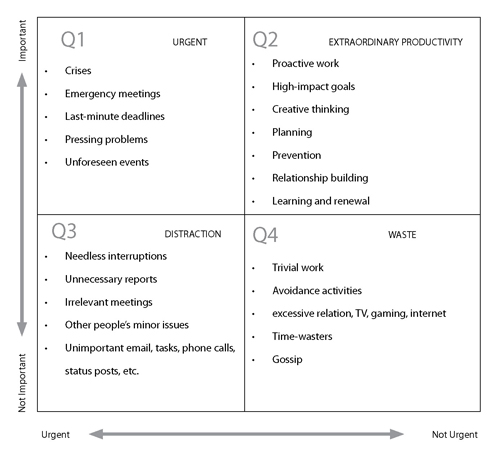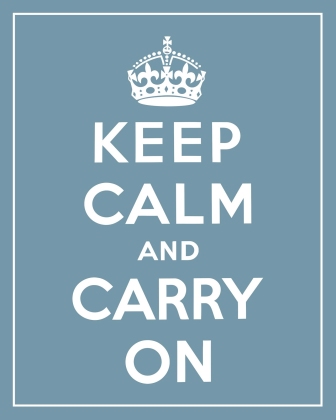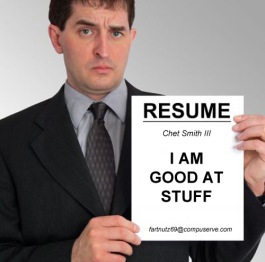 How many times have you read a job posting and thought to yourself ‘I’ve done that’ or ‘ I can do that’… ? Confidence and assertiveness can be a powerful thing when facing your potential employer, but like everything, you have to get there first. So, you found the job you want and all you need to do is get that interview so you can flash your charming smile and show what you can do to the head honcho (or CEO)…. but you have to get through the bodyguards (or HR department) with a well written cover letter, photo (if requested) and brief but concise resume.
How many times have you read a job posting and thought to yourself ‘I’ve done that’ or ‘ I can do that’… ? Confidence and assertiveness can be a powerful thing when facing your potential employer, but like everything, you have to get there first. So, you found the job you want and all you need to do is get that interview so you can flash your charming smile and show what you can do to the head honcho (or CEO)…. but you have to get through the bodyguards (or HR department) with a well written cover letter, photo (if requested) and brief but concise resume.
These first people who view your cover letter, resume, and photo will not always be the ones interviewing you. They are trained to look for key things as they have hundreds of resumes to look through with limited time. As one of these people, I can vouch that I will skim through to look for key things that make a person stand out from the masses. If they don’t stand out to me, then they don’t get to the boss. What key things are looked at? Check out these tips:
For an eye catching cover letter (the first thing looked at):
- Presentation
- If you have a theme for your resume or even a self branded logo, use it from the beginning.
- Use a clean and easy to read layout for your cover letter since you should have enough writing about why you are applying (not too much and not too little).
- The most appealing is a two paragraph read. It looks organized and it also provides a break to the eye. A big block of writing spanning an entire page is daunting and can cause the viewer to quickly discard it.
- Do not use comic sans! Your entire presentation is over with this one.
- Content
- This is a brief summary of who you are professionally and how you can apply your past experience to the job.
- DO NOT write your life’s story, keep it to the point.
- Know the company you are applying for! It’s Cybis, not Cybus!! You will immediately be discarded if you don’t even know how to spell the name of the company.
- You REALLY stand out if you mention work you have viewed of the company, either in person or through doing research. It’s not creepy, it shows you know your stuff!
- Make sure you sell yourself for the position, but don’t come across as arrogant!
- Grammar and Spelling – this is a biggie: use your spell check and if you are bad at grammar (let’s hope in that case that you are not applying as a writer), have someone you know who is good at it look it over
- Be respectful, professional and eloquent
- Creativity / Personality
- This is the first glance at your personality, so be creative in your writing while still staying on the subject.
- Scenario: If you want to write a funny story about a tractor you fell off of one time to show your humorous storytelling personality, make sure you tie it in with the job, so in this case maybe how that inspired a movie you directed that you won an award for.
- Avoid the usual, doesn’t easily show off your personality on paper.
If you submit or include a photo as part of your resume: This can make or break whether you get to the boss for review even if you have a good cover letter; a picture speaks a thousand words so keep it professional!

Bad Photo
- DON’T send a picture wearing a t-shirt that has a weed symbol on it (or any drug or weapon paraphernalia)!
- DON’T send a bathing suit photo of yourself
- DON’T send a low resolution photo that makes it difficult to really see you
- DON’T show your personality through awkward ‘I wasn’t ready for the blurry photo I just sent you cause I don’t like to take pictures’…
- DON’T send a photo of just your dog… no matter how cute he is… he isn’t you!
- DON’T send a group photo of you and your buddies or girlfriends, it makes it hard to figure who you are!
- DON’T look sleazy… yes girls, that duck face and selfie aimed down the shirt shot is sleazy
- DO Look groomed
- DO send a photo of yourself in a button down or professional looking shirt in front of a solid background
- DO smile
- DO show your personality
- DO look friendly
- DO get creative and make it applicable to the type of company.
And… your resume :
- Presentation
- As mentioned for the cover letter, be consistent with a theme or self branded logo.
- Make it stand out – there’s a lot of competition out there and many resumes now involve graphics, charts that show skill level ranges, and great font treatments
- Do not use comic sans! Ever!
- Make your layout easy to read and make it so that they eye carries throughout so that not a single skill or ability is missed.
- Make it one page! 2 pages max but in most cases is not necessary. All your necessary talents are best presented on one page.
- Content
- Start with what’s most applicable. Ex. if you have work experience for the job you are applying for but not the degree related to the field, place your work experience at the top.
- Make sure you’re describing how you evolved, saved money or improved the company you work(ed) for. Prove you are an asset!
- Offer to provide references if needed
- Include any applicable courses, education related to the job
- List the dates you worked at each place, it is not a resume if it doesn’t include dates!
Posted By: Cat Solano, Project Scheduler

